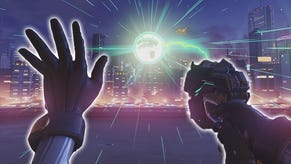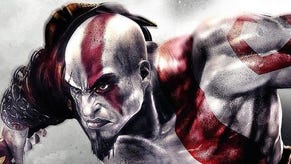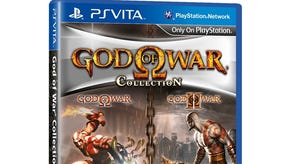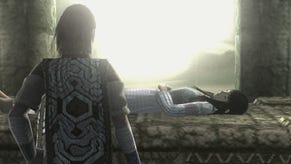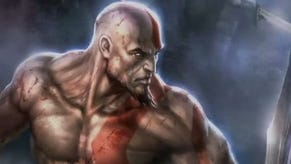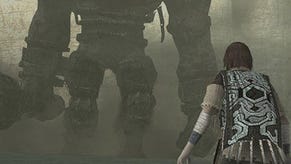God of War Collection
Past remaster.
"I don't care about innovation - I care about fun." So said God of War lead designer David Jaffe in a typically brash interview in the run up to the game's release in March 2005.
But, to address the dangling implication, Sony's PlayStation 2 exclusive was the best kind of blatant rip-off. It might well have been an attempt to do Onimusha with Greek mythology, but the way it wove ICO's enigmatic ambience alongside multi-layered puzzles ensured that its appeal went much deeper than hand-mangling combo mastery.
Perhaps it was Sony Santa Monica's cocksure belief that it could "execute this better than anybody" that drove it from a stylishly knockabout homage to Ray Harryhausen movies, into becoming one of the most complete action-adventure games of all-time. But whatever the explanation, the results were astonishing.
Still, evidently not everyone agrees. The other night while I was playing through the God of War Collection, my girlfriend spluttered incredulously: "Why do people get so bloody worked up about God of War anyway? It looks really irritating." Coming from someone who has slogged through hundreds of hours of Monster Hunter Freedom Unite, I found this simultaneously irritating and hilarious, but anyway.
"Because of everything!" was roughly my response. Playing through both games all over again had merely underlined why the series got me so excited in the first place - and few games have ever felt so enjoyable second time around.
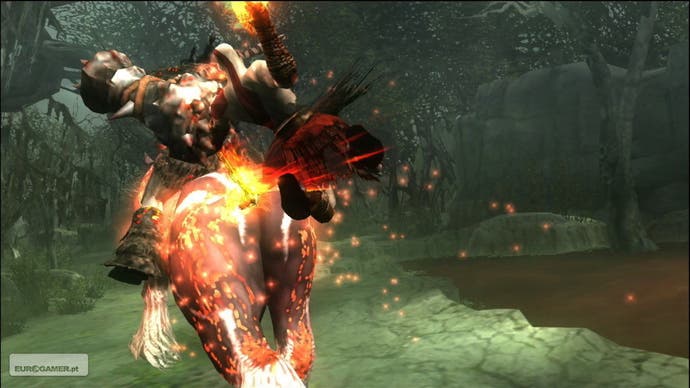
It was all about the execution. Every single element of the game was brilliantly realised from front to back, and hit the sweet spot every time. Whichever part of the game you looked at, whether the combat system, the puzzles, the boss encounters, the narrative, the technology behind the game, or even the audio, it was absolutely outstanding.
And Jaffe was right to care about the fun above anything else. Fundamentally, God of War is accessible in everything it does. Playing it through again, it still feels irresistible; it still compels you to finish it. Something that's often overlooked in games is pacing, but Sony Santa Monica evidently understands that ebb and flow and variety is as important as anything else.
Its many contrasts all work within the general framework and transition seamlessly - to the point where the game starts to feel like an epic journey rather than a series of level and tasks. It never lingers on one element for very long; as soon as you've fought a few battles you're off exploring, leaping athletically around the environment or figuring out the next puzzle.
The pay-off is the inevitable epic boss fights, of course, but even these are handled with a degree of finesse that's hard to resist. Not so much screen-filling as area-filling, these multi-stage battles see Sony Santa Monica throwing everything into the pot, tasking players with using all the things they've learned in combat, lateral thought and platform dexterity to kill a vast enemy in stunning fashion.
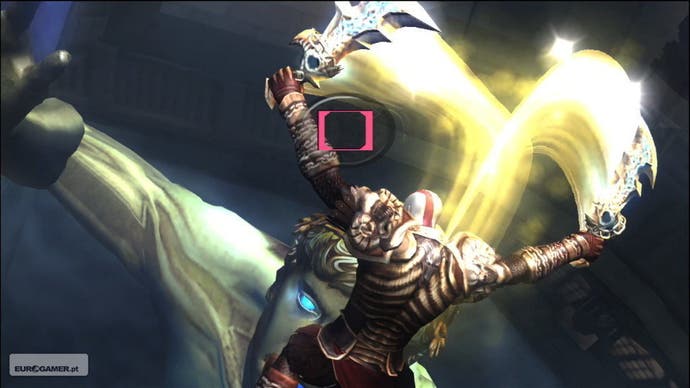
And like the best videogames, something new and exciting threatens to appear at any moment. You don't just do the same old thing in slightly different-looking environments; the game evolves quite dramatically, offering you new weapons and abilities as well as a large procession of radically contrasting enemies.
But none of this would mean anything if the game didn't feel right, and it's something that strikes you from the word go. It's tempting to dismiss the combat as a typical button-masher, but that would be to underestimate the game's combat depth entirely.
While the games do initially allow you to stab triangle or square to swish your blades in a swashbuckling blizzard of fury, the longer they last the more enemies appear that take advantage of such a ham-fisted and lazy approach. Switching between blocking, evading, comboing, magic attacks, grab attacks and specific weapons gives you a pleasing amount of flexibility at all times - and without overwhelming players with needlessly complex commands.
Employing an automatic camera system was also a smart decision for numerous reasons - not least because it allowed the developers to enhance the cinematic impact of the game in ways that you lose if you're busy with the camera. Even better, by ignoring direct camera control the game frees the right analogue stick for rolling out of the way of enemy attacks. It's one of many potentially divisive decisions that you understand, and rarely if ever resent.


